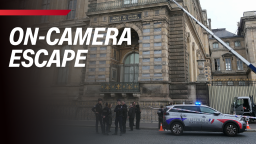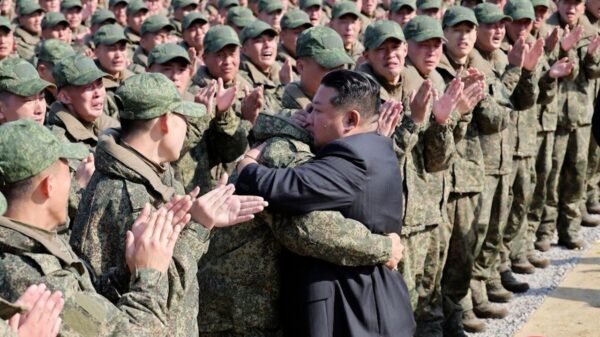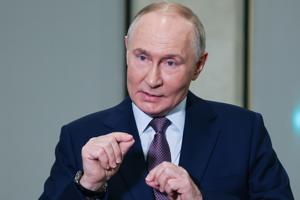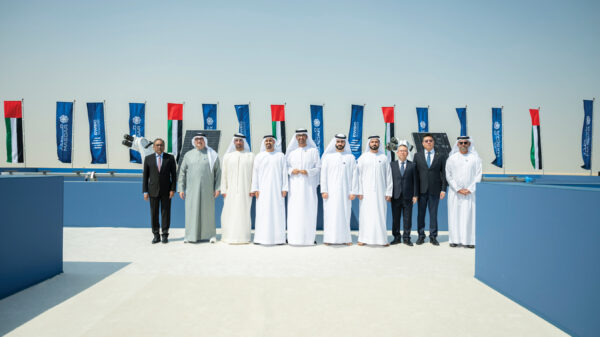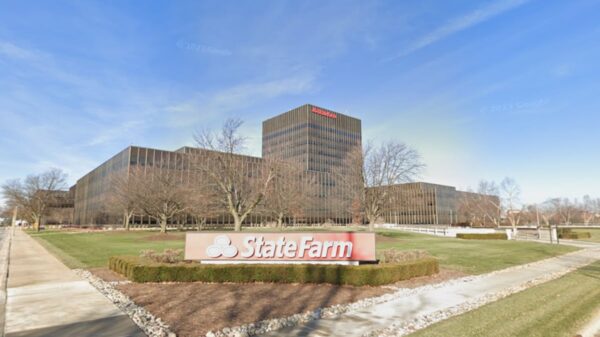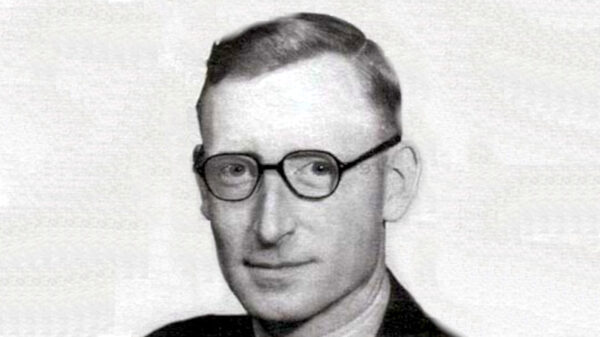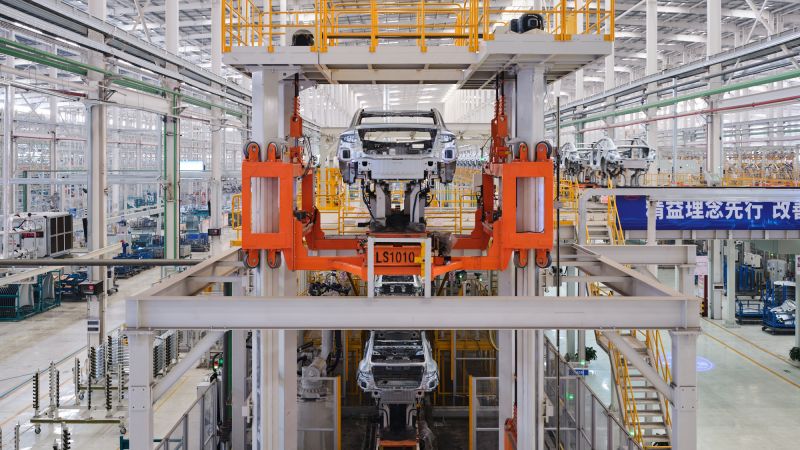In a striking departure from his iconic mid-2000s images of Chinese factories bustling with human labor, photographer Edward Burtynsky recently captured a starkly different scene inside an electric vehicle (EV) plant near Shanghai. Owned by the leading Chinese automaker BYD, this facility is notably devoid of human presence, instead operating almost entirely through robotic automation. “This is a factory built by humans but run by robots,” Burtynsky remarked during a Zoom call, suggesting it as a glimpse into the future of manufacturing.
The photographer’s access to the Changzhou facility, approximately two hours from Shanghai, was a rare opportunity facilitated by British architect Sir Norman Foster. Foster sought a cover image for Domus, a magazine he was guest-editing, focusing on the future of industries, including transportation. Despite strict limitations on what could be documented, Burtynsky believes he is the first independent photographer to gain such access, shedding light on a new era of production.
The Rise of Automation in Manufacturing
BYD’s factory represents a significant shift in manufacturing, where automation is increasingly replacing human labor. This transition is partly responsible for BYD’s competitive pricing, with its entry-level Seagull model starting at around $10,000 in China, significantly cheaper than Tesla’s Model 3, which is priced at $32,000. In 2023, BYD’s annual revenues surpassed those of Tesla, delivering 4.27 million vehicles, including 1.76 million electric vehicles and approximately 2.5 million hybrids.
The automation at BYD’s plant is emblematic of a broader trend in the industry. As Burtynsky noted, “The humans are really just there to maintain the robots and keep the programs running clean,” highlighting the concept of “dark factories” that can operate without human intervention or even lights. This shift not only reduces labor costs but also allows for continuous production, free from the constraints of human work schedules.
Global Implications and the New Face of Labor
Burtynsky’s standout image from the visit, titled “BYD Manufacturing Facility #2,” captures the essence of this transformation. The photograph, featuring an unfinished vehicle amidst a backdrop of repeating columns and beams, evokes a sense of “cathedral-esque” wonder. Yet, it also tells a broader story of globalization’s next phase, as depicted in Burtynsky’s series “China in Africa.”
This series contrasts the automated precision of BYD’s factory with Chinese-owned infrastructure in Africa, such as rail crossings and apparel factories. Burtynsky describes this as China’s “complete vertical integration, from supply chain to finished product.” The human labor that once fueled China’s economic rise has not disappeared but has instead been relocated to other parts of the world.
“They have literally secured their complete supply chain,” Burtynsky explained, referencing BYD’s acquisition of lithium mines and mineral rights in countries like Brazil.
Moral Ambiguity and the Future of Work
Known for his dramatic aerial shots of landscapes altered by industry, Burtynsky often presents a neutral perspective on human exploitation. His work on BYD’s operations reflects this approach, offering a paradoxical view of automation. While car manufacturing is resource-intensive, electric vehicles promise to reduce fossil fuel dependence, potentially symbolizing environmental recovery rather than degradation.
Moreover, the loss of factory jobs in China may not be as mourned as one might expect. Burtynsky, who once worked in car factories himself, describes these roles as “dehumanizing.” He recalls feeling like “part of the machine,” used for human energy in ways that machines have now supplanted.
“You feel like you’re part of the machine,” he recalled. “You’re just being used for your human energy because they haven’t (yet) found a machine that can do what you’re doing.”
Artistic Vision and Human Connection
Despite the mechanical nature of his subjects, Burtynsky’s photography aims to evoke a “sense of wonder.” His large-format prints invite viewers to explore details often overlooked, such as a grease stain or an oil splash, grounding the viewer in the human elements within these pristine environments.
His current exhibitions, “China in Africa” at Flowers Gallery in Hong Kong and “The Great Acceleration” at the International Center of Photography in New York City, continue to explore these themes. They challenge audiences to consider the complexities of progress and the trade-offs inherent in our pursuit of technological advancement.
As automation continues to redefine industries worldwide, Burtynsky’s work serves as both a document and a meditation on the evolving relationship between humans and machines. His images prompt reflection on what is gained and lost in the relentless march toward a more automated future.

